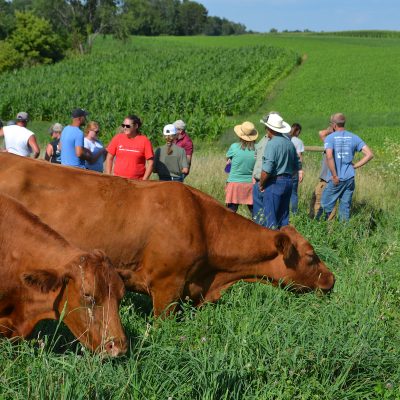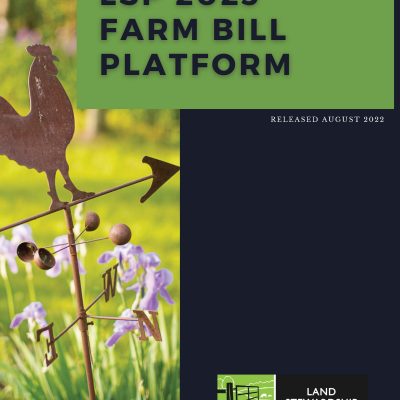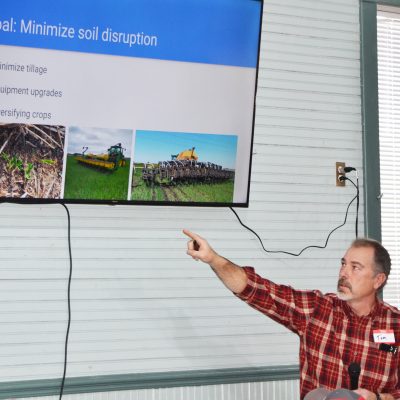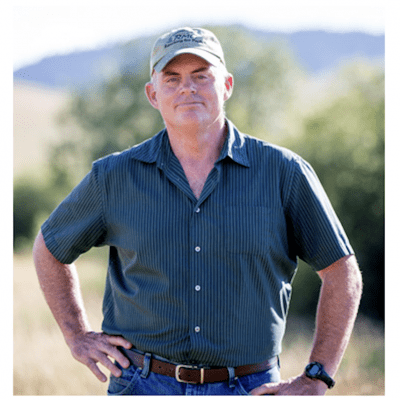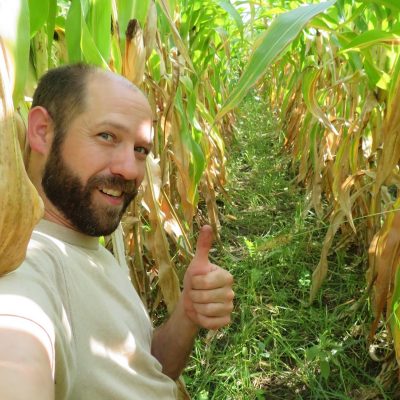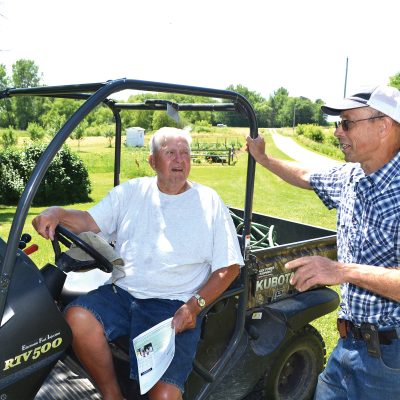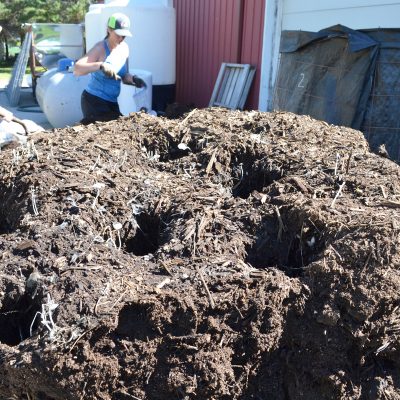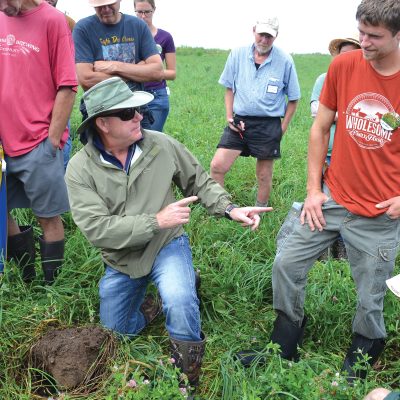Ear to the Ground 310: Healthy Farmers, Healthy Land
Paula Williams talks about why healthcare reform matters to LSP and its allies, and, after 15 years of hard work and organizing, what advances were made on the issue during a recent session of the Minnesota Legislature. More Information • LSP blog detailing recent healthcare wins at the Minnesota Legislature • LSP’s Healthcare Web Page • Ear… Read More →

